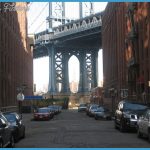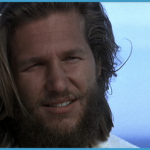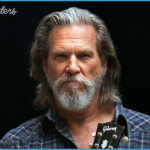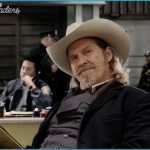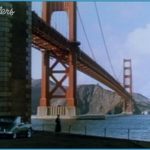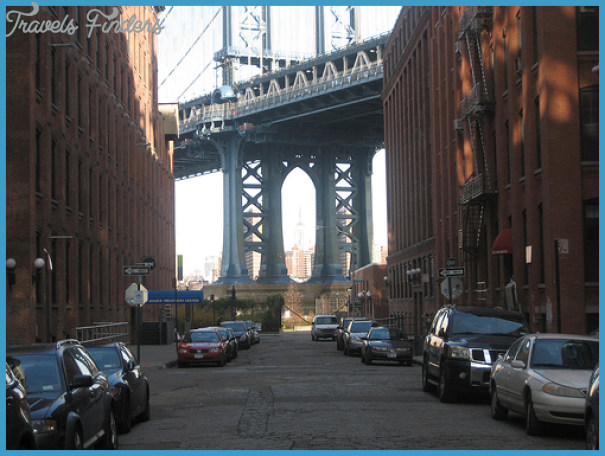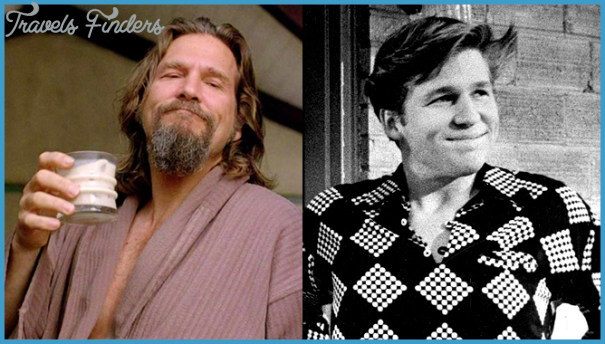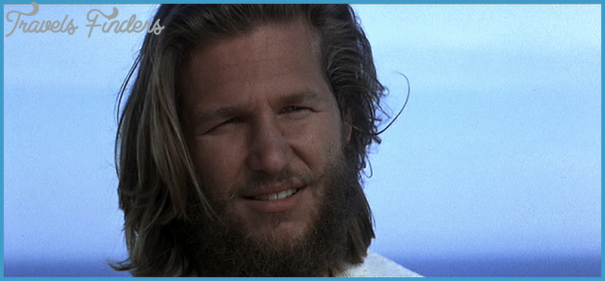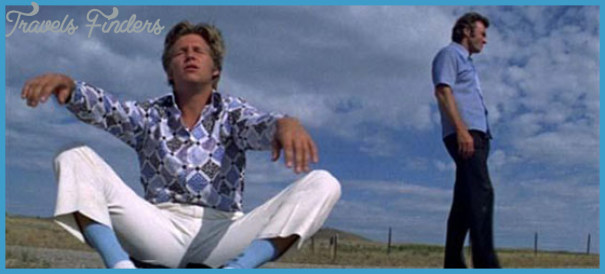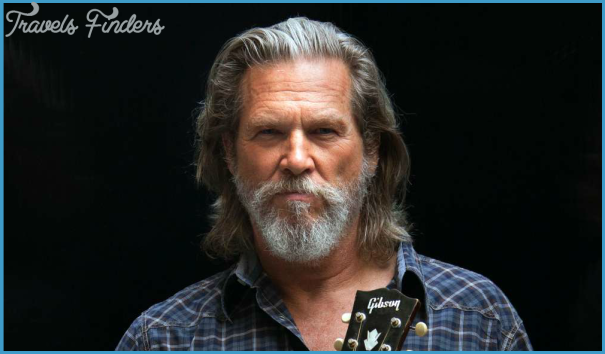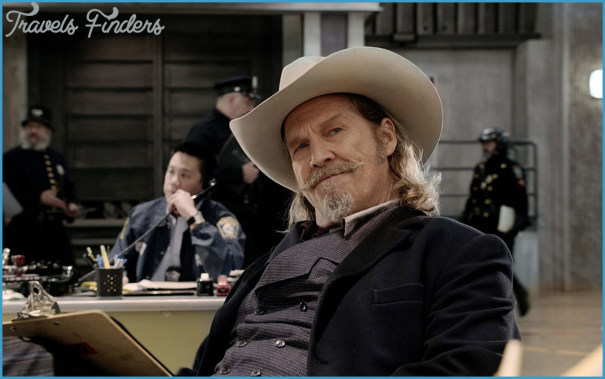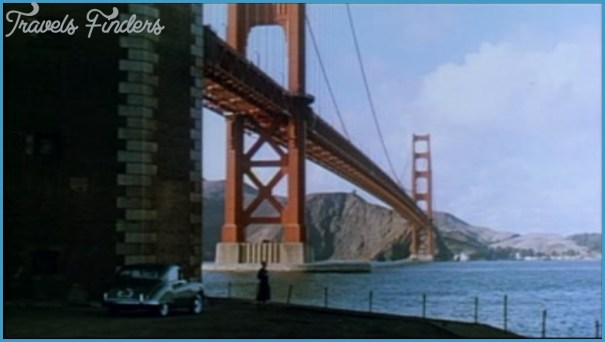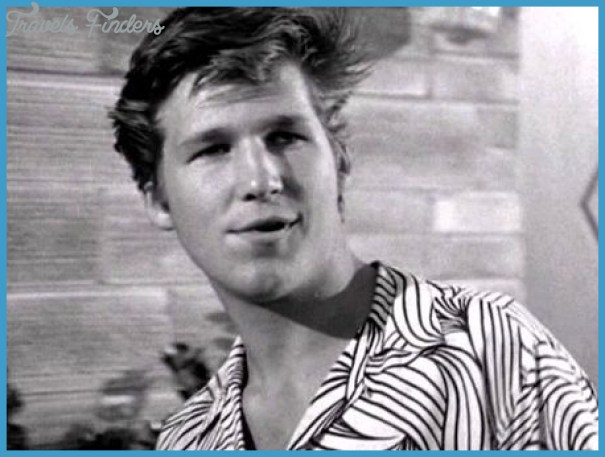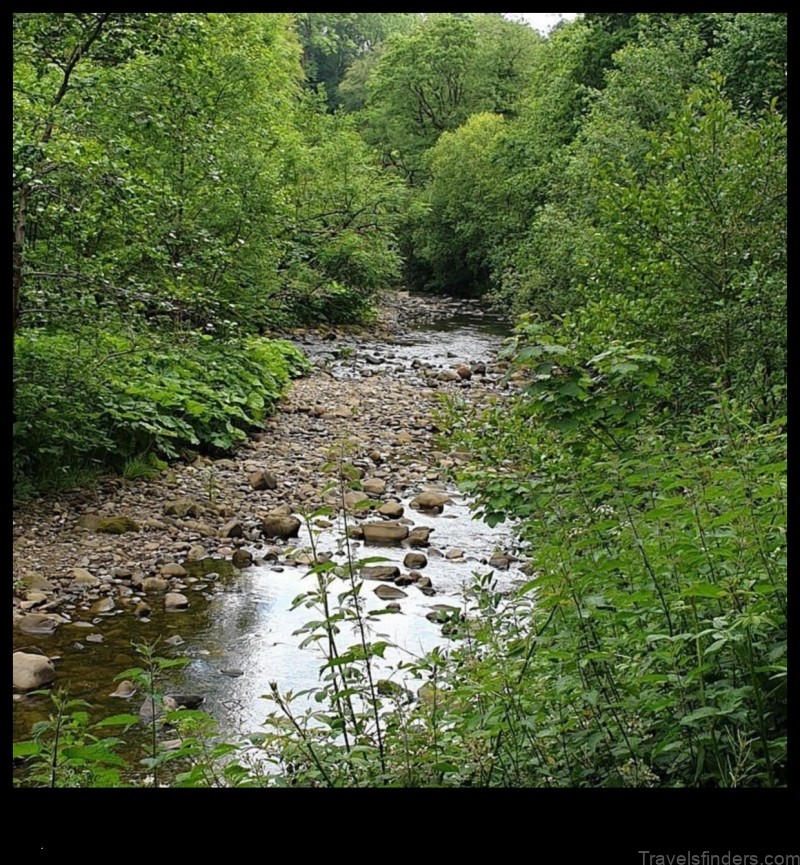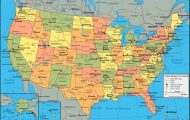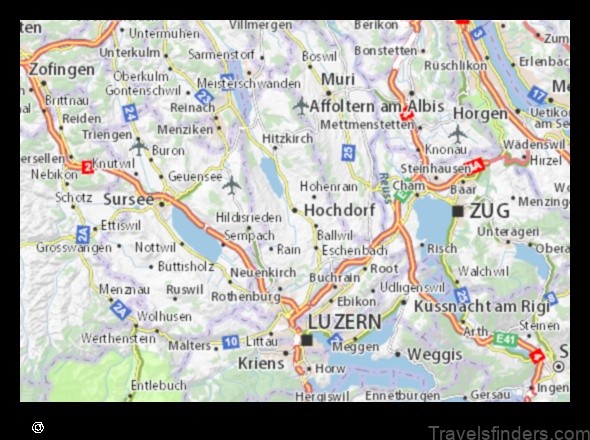BRIDGES IN THE MOVIES
Filmmakers have long capitalized on bridges’ evocative power. A crossing over water is a compelling archetype, stirring up emotion that can be manipulated to create feelings of fear, futility, or nostalgia. Ordinarily, most of us drive over bridges without a second thought, but the moment a bridge appears on the silver screen, it’s time to clutch the popcorn boxessomething big is about to happen. Gripping moments on bridges can be experienced in The Wild Bunch (1969) and Terminator 2: Judgment Day (1991). The ape rebellion climaxes on the Golden Gate Bridge (see here) in Rise of the Planet of the Apes (2011), the origin story for the Planet of the Apes franchise. In the Chinese thriller Iceman (2014), a spectacular brawl explodes on the Tsing Ma Bridge (see here).
BRIDGES IN THE MOVIES Photo Gallery
War movies that feature bridges are a genre in themselves, often with the bridge itself in a leading role. The best of them include A Bridge Too Far (1977), an allstar reenactment of the 1944 Allied assault on a strategically important bridge at Arnhem, Holland; David Lean’s epic The Bridge on the River Kwai (1957), in which a British prisoner of war becomes obsessed with building a perfect railway bridge even though it will be used by the enemy to transport munitions; For Whom the Bell Tolls (1943), another high-risk bridge demolition, this time via Hemingway during the Spanish Civil War; and The Bridges at Toko-Ri (1954), set during the Korean War, which examines a fighter pilot’s ambivalence about war and his fear of bombing a pair of highly defended bridges. The taking of the Ludendorff Bridge (see here) during World War II has inspired several celluloid retellings. They include The Bridge at Remagen (1969), about a war-weary American unit that must capture the last bridge still standing across the Rhine before German defenders can destroy it, and Steven Spielberg’s 1998 blockbuster, Saving Private Ryan, in which U.S. Army Ranger John H. Miller (Tom Hanks) dies while defending a key bridge from Nazi forces, but not before uttering his signature line: “Earn this.” Spielberg and Hanks return in the Cold War drama Bridge of Spies (2015), which tells of a tense spy swap on the Glienicke Bridge between Berlin and Potsdam, where the actual exchange took Love stories too are set on bridges. In this genre the bridge is used as a symbol of the passage of time and as a metaphor for yearning, whether for a long-lost love (Waterloo Bridge, 1931, 1940) or love at long last (The Bridges of Madison County, 1995). Other matters of the heart are explored in The Bridge of San Luis Rey (1929, 1944, 2004), a film that flashes back on the lives of five people killed in a bridge collapse in eighteenth-century Peru.
Bridges are ideal transitional devices, used to signify rites of passage. In It’s a Wonderful Life (1946), James Stewart plays George Bailey, the well-loved, eternally broke citizen of Bedford Falls who is about to jump off a bridge at Christmas, only to be turned around by his guardian angel, Clarence. The disco-era-defining classic Saturday Night Fever (1977) used the Verrazano-Narrows Bridge as a meme for “stayin’ alive,” literally and metaphorically, in the case of wanting something more than small-town life in Bay Ridge, Brooklyn. In The Truman Show (1998), Jim Carrey’s character cannot escape his televised life (shot in Seaside, Florida) because he’s afraid to cross a bridge, actually the D. J. Bailey Bridge in Lynn Haven, also in Florida. Spirited Away (2001), Hayao Miyazaki’s wondrous coming-of-age tale, unfolds once Chihiro, a ten-year-old girl, crosses a bridge to a bathhouse inhabited by spirits.
A seemingly fragile bridge can make a scene humorous; a strong one can render attempts to destroy it ridiculous. In Swiss Miss (1938), Stan Laurel and Oliver Hardy become trapped on a rickety rope bridge high above an Alpine gorge, where they are met halfway by a gorilla, while It Came from Beneath the Sea (1955) features a giant octopus that tries to tear down the Golden Gate Bridge. Directors employ bridges to explore more substantial matters. The Edmund Pettus Bridge over the Alabama River became a civil rights flashpoint on March 7, 1965, when, because of the bridge’s design, marchers were unable to see the armed police waiting for them on the other side. Once across, the marchers were brutally attacked; Selma (2014) captures the incident on what became known as Bloody Sunday. Angel of Nanjing (2015) documents Chen Si’s heroic efforts to stop would-be jumpers from the Nanjing Yangtze River Bridge, where more people die by suicide than at any other bridge. Since he began patrolling in 2003, he has saved more than three hundred people.

